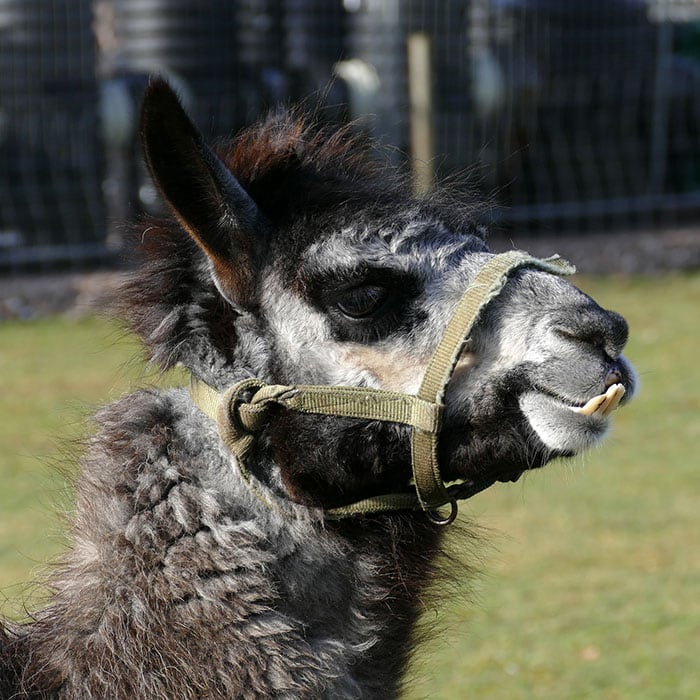HUMAN TEETH ARE supposed to fit together in a particular way. That’s how we can speak clearly and chew effectively. If someone’s upper and lower teeth don’t fit together properly, we call it a malocclusion or bad bite. Besides impeding the important functions of chewing and speaking, a malocclusion can lead to jaw problems, increase the risk of teeth breaking, and it can even impact the digestion process.
What Causes a Bad Bite?
In some cases, malocclusions are the result of genetics. If a child inherits large teeth from Dad and small teeth from Mom, they’ll probably have some issues with crowding and alignment, including a bad bite. Some of the oral habits many children have in their developmental years can also impact the way their adult teeth fit together, like thumbsucking, lip sucking, tongue thrusting, nail-biting, teeth clenching, and mouth breathing.
That might seem like a lot of ways to end up with a bad bite, but these bad oral habits can be broken. Parents can help their kids develop a better bite in the long run by discouraging these habits as they grow — something that’s also important to do after orthodontic treatment so that their teeth end up back where they started!
Types of Malocclusions
In a healthy bite, the upper teeth should sit slightly past the lower teeth when the jaws are closed, with the points of the upper molars fitting into the grooves of the lower molars. Here are five of the most common ways a bite can deviate from the healthy norm:
- In an excessive overbite, the upper teeth overjet or overlap the lower teeth more than they should.
- A deep bite is such a severe overbite that the upper front teeth overlap the lower front teeth entirely, sometimes driving the lower front teeth into the upper gum tissue, risking injury to it.
- An open bite, sometimes the result of a tongue thrust habit or aggressive thumbsucking beyond the preschool years, involves flared upper front teeth and a gap between them and their lower counterparts when biting down.
- A crossbite happens when some upper teeth are on the outside and some lower teeth are on the outside when biting down.
- An underbite is when the lower teeth jut out in front of the upper teeth when the jaw is closed.
Correcting Malocclusions with Orthodontic Treatment
Any of these bad bites can be corrected by modern orthodontic treatment, typically with much less of the bulky headgear we see in older movies. It’s also less common to need to resort to jaw surgery in modern orthodontics, although severe cases sometimes still require it. We tend to use much lower profile and more hassle-free treatment for malocclusions today, and we love that we can offer these kinds of solutions to our patients.
Schedule an Initial Consultation
If you suspect you might have one of the types of malocclusions described above or some other form of orthodontic issue, don’t wait to schedule a consultation with us. We can take a look and give you an idea of the treatment process we would use to give you the properly aligned smile you deserve!
